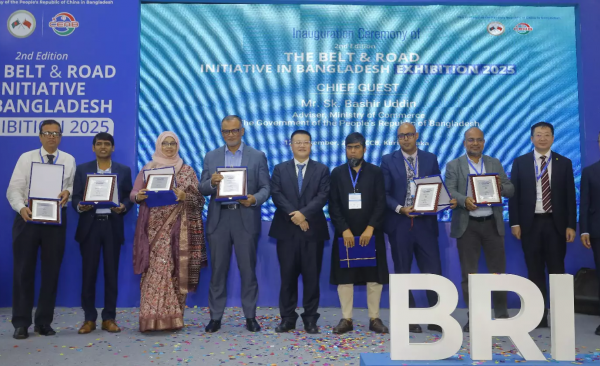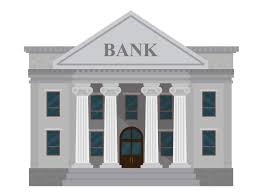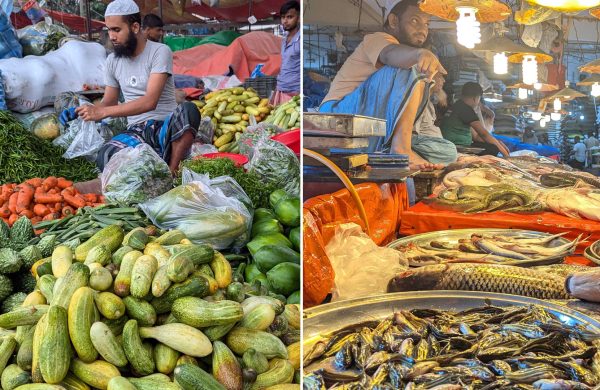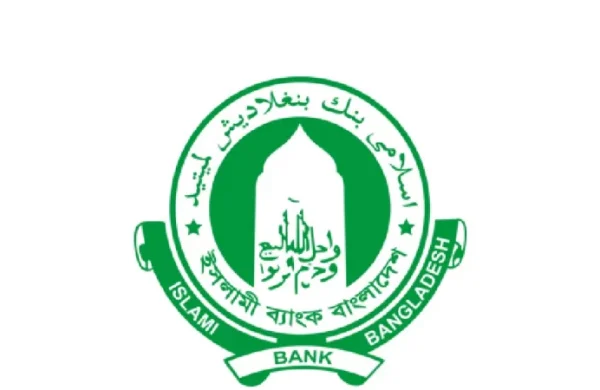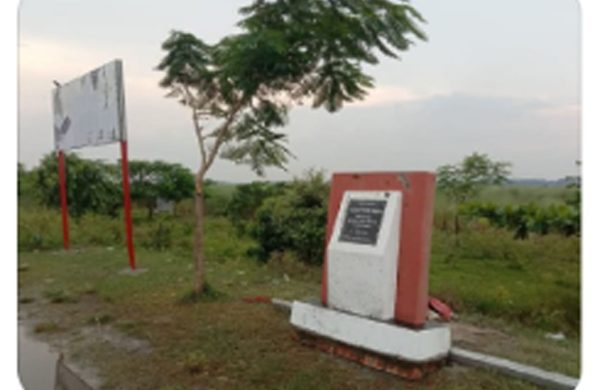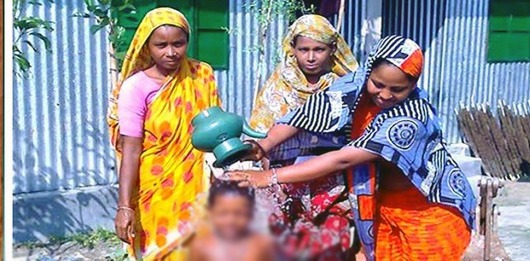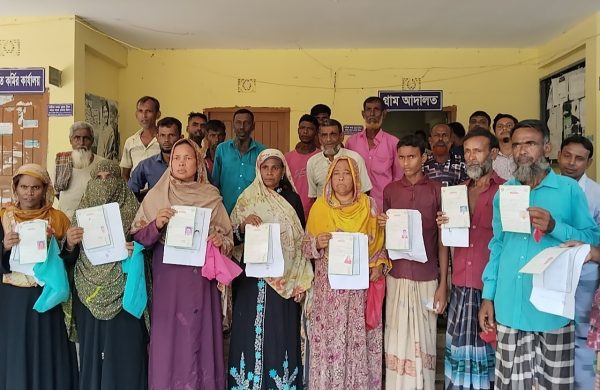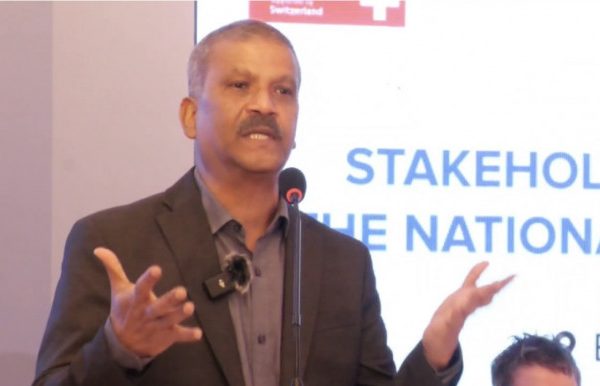GED projects gradual economic recovery for Bangladesh
- Update Time : Wednesday, May 7, 2025
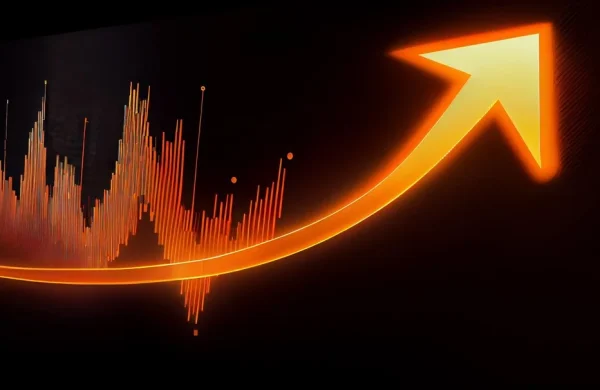
TDS Desk:
The General Economics Division (GED) of the Planning Commission has projected a gradual economic recovery for Bangladesh, buoyed by favorable trends in exports, remittances, a stable exchange rate, and easing inflationary pressures.
In its April 2025 Economic Update and Outlook, GED noted that improved investors’ confidence-particularly following the successful Bangladesh Investment Summit 2025-along with a moderately tight but accommodative monetary policy, is expected to further support industrial growth.
“Economic recovery is expected to be bolstered by a favorable external sector with positive exports and remittances growth, a stable exchange rate and declining inflationary pressures,” said the GED outlook.
The report highlighted the need to reduce commercial lending interest rates to stimulate investment. GED emphasized the importance of tackling non-performing loans and boosting banking sector efficiency to improve access to credit.
It also stressed the government’s ongoing efforts toward fiscal consolidation, which are expected to strengthen fiscal accounts. “Enhancing efficiency in the selection of development projects-prioritizing sustainability-will increase the prospects for quality growth,” the report added.
While inflation is expected to remain stable between 8.0% and 9.0% during April and May 2025, it remains a concern. Food inflation, which surged to 10.65% in FY2023-24, eased to 8.93% in March 2025 after the availability of winter vegetables improved supply.
Key contributors to overall inflation in March included rice (14.62%), fish (11.58%), and vegetables (6.08%). Notably, the prices of brinjal (17.12%), medium rice (16.73%), and hilsa (11.37%) drove up food costs-partly due to seasonal demand during Ramadan and the Bengali New Year.
However, rural areas continue to face higher inflation, highlighting the need for more efficient food supply chain management.
Bangladesh’s external sector showed signs of strength in March 2025, with remittances reaching a record $3.29 billion-up 65% year-on-year-boosted by Eid-related transfers and a shift to formal remittance channels following regulatory tightening.
From July 2024 to March 2025, total remittances climbed to $21.77 billion, compared to $16.69 billion during the same period of the previous year. Foreign exchange reserves rose accordingly, now standing at approximately $25.62 billion.
Exports also saw an 11.44% year-on-year increase, reaching $4.25 billion, largely driven by the readymade garment sector.
Bangladesh’s immediate positive response to Trump’s reciprocal tariff has worked well and brought a sigh of relief for exporters.
Bangladesh’s diplomatic engagement with the U.S. over reciprocal tariffs has resulted in a temporary reprieve, with the country agreeing to increase imports of American agricultural products.
Despite external gains, investment activity remains subdued. In February 2025, deposit growth slowed to 7.88%, while private sector credit growth was just 7.15%-among the lowest in recent years.
Contributing factors included high lending rates, political and economic uncertainty, and weakened bank health, with around 10 banks seeing diminished lending capacity due to irregularities. Increased government borrowing from commercial banks-up 60% year-on-year-has further strained private sector credit availability.
In March, the Taka traded within a narrow band of Tk 121.5755-121.9542 per U.S. dollar, reflecting relative exchange rate stability despite growing demand for LCs and foreign currency.
Remittances helped stabilize the currency, with the improved foreign reserve position enhancing the outlook for the external sector.
After a weak first quarter, with GDP growing just 1.96% due to industrial slowdown and floods affecting agriculture, the second quarter of FY2025 saw a rebound to 4.48%.
Growth was driven largely by the industrial sector, which grew 7.1% in Q2, led by manufacturing (8.49%), mining, and quarrying (8.01%), and wholesale and retail trade (6.63%).
While the economic recovery is underway, GED underscores the need for accelerated reforms, investment stimulation, and structural improvements to sustain the momentum.



